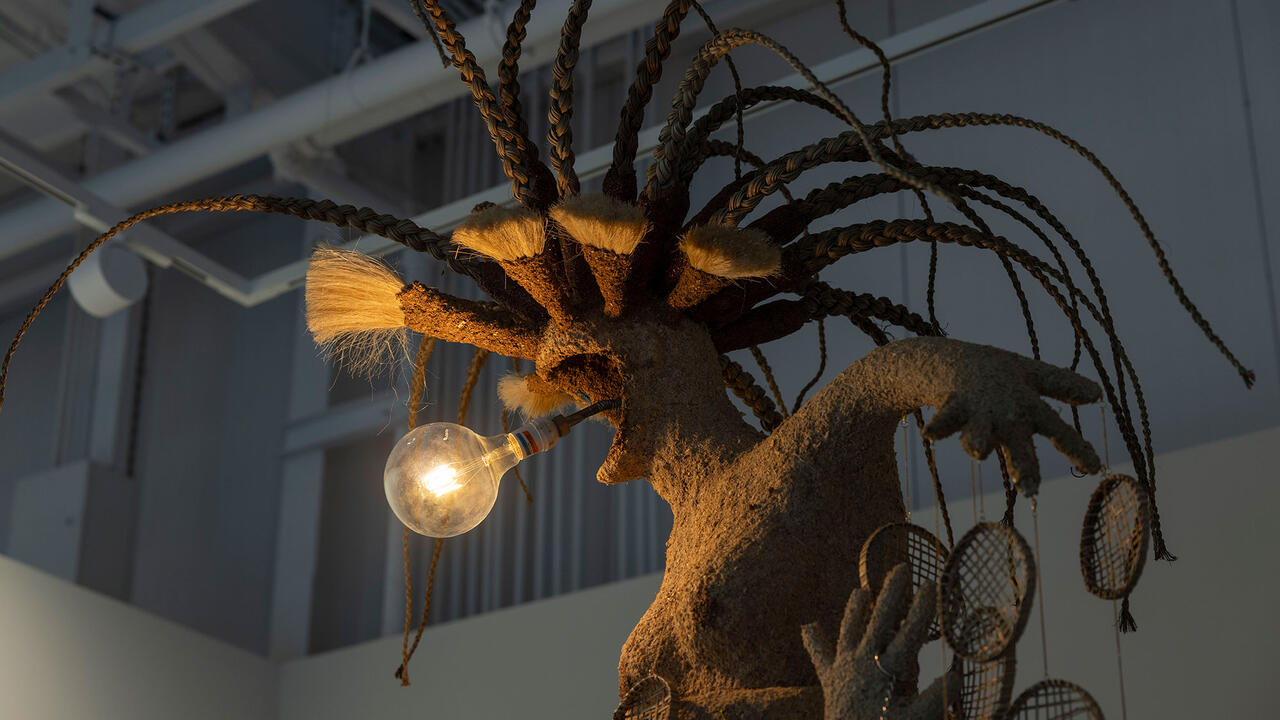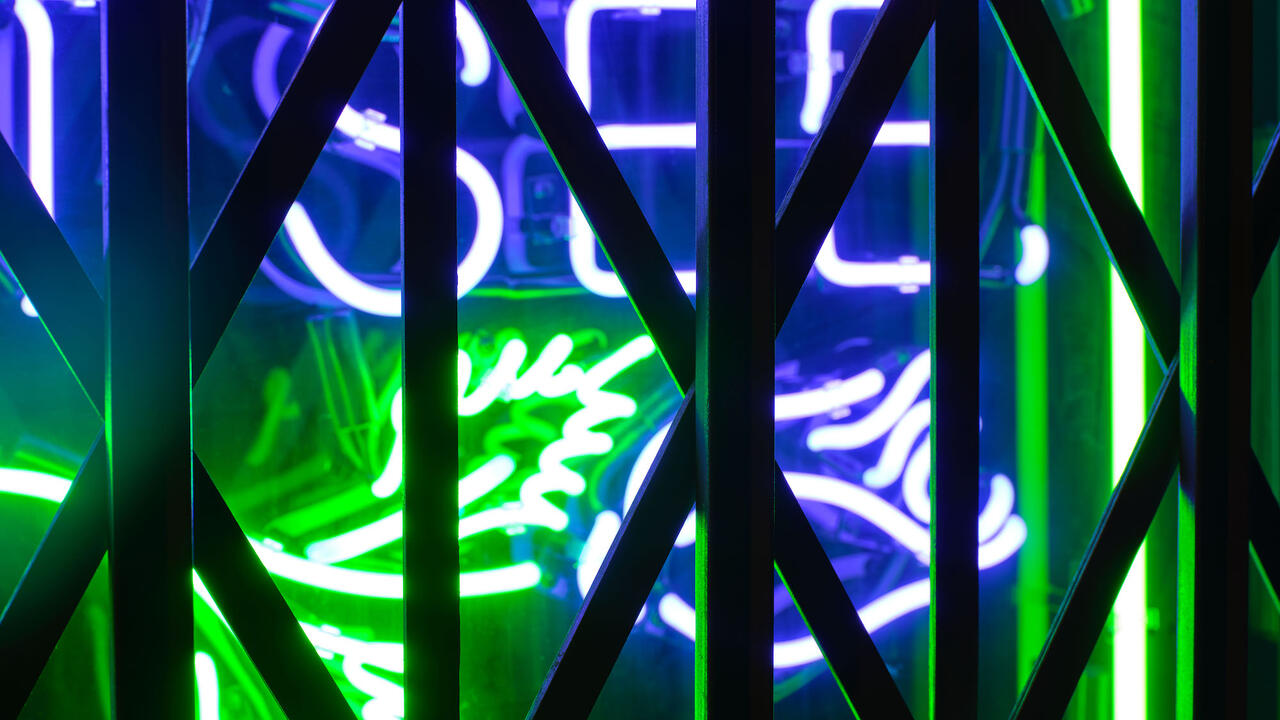Filipa César

In 1956, Amílcar Cabral, a Guinean agronomist trained in Lisbon, together with his half-brother Luis Cabral, founded the African Party for the Independence of Guinea and Cape Verde (PAIGC) to fight for independence from Portugal. Many long years of war ensued, ending in 1974 with the independence of both African states. But Cabral was unable to celebrate the outcome, having been assassinated six months before. For him, film had been an ideal propaganda tool of the independence movement, which is why, in 1967, he dispatched Flora Gomes, Sana na N’Hada, Josefina Crato and José Balama Columba to learn filmmaking techniques at the Cuban Film Institute (ICAIC). Guinean cinema came into being, therefore, as a result of this national liberation movement.
Thus begins the story of the rediscovery of the film material shot during the years of the struggle for independence. Since 2008, the Portuguese artist Filipa César has been researching the origins of cinema in Guinea-Bissau. In a conversation with Carlos Vaz, director of the Instituto Nacional do Cinema e Audiovisual (INCA) in Guinea-Bissau, she learned of the existence of an archive room where the film reels from that period had been held for decades at the mercy of coups d’état, civil wars and climatic vagaries. What wafted out of INCA’s archive room when César first entered it was the strong smell of vinegar: a sign that the deterioration of the films was already underway.
For César it seemed like an obvious, even political, act that she should facilitate the dissemination of this material, which forms a whole swathe of Guinea’s collective memory. In June 2012, she undertook the digitization of the 16mm films in Berlin, with the goal of sending the whole lot back to Guinea-Bissau six months later. To date, she has inventoried some 40 hours of imagery and 200 hours of sound, as well as topical films and some material left behind by Chris Marker in 1979 when he taught film in Bissau.
César’s project attempts to resist what cultural theorist Stuart Hall calls the ‘oblivion factory’, even as she remains aware of the limits and paradoxes of preserving memory. Here the artist becomes the guarantor of the visibility of a forgotten or unknown heritage. As Jacques Derrida noted, ‘the heritage is never a given, it is always a task’; it is as much about what we inherit as what we make of it. At the Jeu de Paume, César presented ‘Luta ca caba inda’ (The Struggle is Not Over Yet) as a document of her work-in-progress around the INCA archives. The exhibition’s centrepiece was an eponymous 2012 film that worked like a cinematographic essay – less a presentation or illustration of the archival material she discovered than a commentary on the process of exhuming sources belonging to another era. Instead of making a montage of the original footage, César chose to film, in a single take, three people on a stage discussing the story of Cabral and the history of Guinean cinema. The set-up gives the impression of an original lecture on this topic, ‘performed’ by Suleimane Biai (director and assistant to Gomes and N’Hada) and Vaz, both of them serving as witnesses of that militant time. The third player, Joanna Barrios, seems to appear as César’s alter ego. As the three discuss the defining episodes of Cabral’s life, images from an unfinished colour film from the archive – Guiné-Bissau 6 anos depois (Guinea-Bissau: 6 Years Later), made by Gomes and N’Hada before the coup d’état of 1980 – are projected onto the stage, immersing the participants of the talk. The images from the film, along with the words of Barrios, Biai and Vaz, sketch an elliptical history in which the archive’s renewed visibility paradoxically reflects the inescapable invisibility of all those that have disappeared.
Complementing the film, César displayed a tabletop chronotopology of the INCA archives, which blended dates, sites, facts and filmographies, as well as some printed editions of found photograms or pictures – all of them linked by red threads as if on an investigation board. César’s own biographical details subtly came to the fore here and there, including evocations of her father’s military service in Portuguese Guinea and her interest in Chris Marker’s work. And, indeed, Marker was like a shadow floating over the exhibition, both because of his connection with Guinean cinema and because of his documentary and narrative methods, which seem to have made a deep impression on César. Like Marker’s Le Tombeau d’Alexandre (The Last Bolshevik, 1993), César’s work dovetails film history (and the history of what has been repressed), with the history of the century, and a subjective view of history and memory.
Translated by Simon Pleasance














